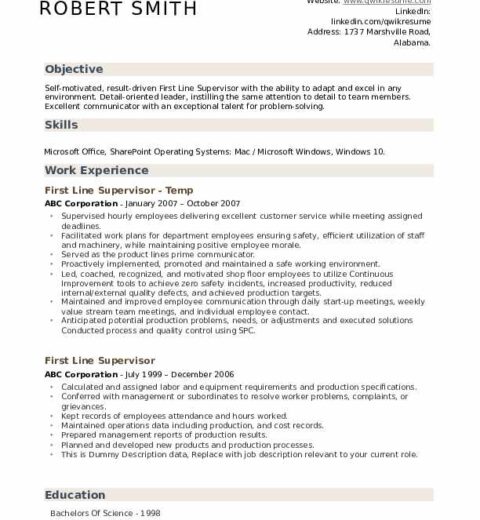When applying to colleges, aspiring students often wonder about the configuration of their application materials. Among these, the college application resume is a pivotal document. A common query that arises is, “Does a college application resume need to be one page?” While this question may seem straightforward, the answer intertwines multiple factors—each deserving of careful consideration.
To begin, understanding the purpose of a college application resume is paramount. Unlike traditional employment resumes, which primarily focus on job-related experiences, a college application resume serves as a comprehensive encapsulation of a student’s academic and extracurricular accomplishments. It is designed to provide a snapshot of the individual, highlighting achievements, interests, and leadership roles in a format that complements the application narrative.
With this context in mind, let’s delve into the one-page conundrum. The axiom of a one-page resume stems from conventional wisdom in professional settings, asserting that brevity is the soul of wit. However, in the realm of college applications, this guideline is far more nuanced. Many admissions officers prefer a succinct overview, but they also appreciate a document that effectively showcases a student’s qualifications without superfluous limitations.
Many students opt for the one-page approach because it promotes clarity and focus. A single page necessitates the exclusion of redundancy; it encourages the applicant to distill their achievements down to their most compelling facets. For many students, especially those with limited experience, this constraint is beneficent. It leaves little wiggle room for irrelevant details and instead mandates that each word and accomplishment holds weight.
On the flip side, the imperative to restrict the resume to one page can be stifling for students with rich, multifaceted experiences. Those who have engaged in various extracurricular activities, volunteer initiatives, and advanced academic pursuits might find themselves grappling with the challenge of condensing valuable experiences into a mere sheet of paper. For these individuals, allowing for a two-page format may be justifiable and, in some instances, advantageous. It can exhibit their commitment, breadth of interests, and depth of engagement, thus painting a more holistic portrait of the applicant.
Another consideration is the academic field to which the student is applying. Different disciplines have varying expectations. For instance, students entering creative fields—such as visual arts, performance arts, or media—may find it beneficial to deviate from the one-page norm. These areas frequently encourage a portfolio-style presentation of accomplishments that can extend beyond one page to afford appropriate space for illustrations, detailed project descriptions, or collaborative experiences.
Moreover, students must consider the specific requirements of the colleges to which they are applying. Some institutions provide explicit guidelines regarding application materials, including page limits for resumes. In such cases, adherence to directives crystalizes a student’s attention to detail and respect for formal processes. Conversely, if no specific page limit is articulated, students are empowered to make an informed decision about the length of their resume, considering their individual circumstances and content.
Structure plays an equally critical role in crafting a compelling college application resume, regardless of its length. A well-organized resume, whether one or two pages, enhances readability and creates a seamless flow of information. Key sections typically include contact information, education, extracurricular activities, relevant experience, skills, and honors or awards. Each section should be adjusted to maximize organization and maintain focus on the most pertinent aspects of the student’s experiences.
Furthermore, the resume should utilize active language and quantifiable achievements to convey impact effectively. Instead of stating “volunteered at the local animal shelter,” it could read, “Dedicated over 100 hours to the local animal shelter, facilitating adoptions for over 30 animals.” The latter provides a quantitative frame that demonstrates commitment and results, enriching the narrative presented in the resume.
Transitioning from length to content specificity, students should prioritize quality over quantity. Each accomplishment listed must represent an insightful reflection of their journey and character. In this regard, selecting experiences that highlight leadership, innovation, or community involvement can leave a lasting impression on admissions officers. It’s essential to avoid fillers—achievements that do not contribute significant value to the narrative of the resume should be omitted regardless of overall length.
Ultimately, the decision of whether a college application resume should be one page cannot be universally prescribed. It is contingent upon various factors including the student’s experiences, the expectations of their chosen field, and the specific requirements of the colleges they are targeting. Diversity exists in the approaches students may adopt to present their stories effectively. Whether they distill their experiences into a crisp one-page resume or elaborate on their journey across two pages, the key lies in delivering a well-curated document that aligns with their individual narrative and resonates with admissions committees.
In conclusion, a college application resume does not inherently need to be confined to a single page. It is the substance and strategic presentation of experiences that ultimately counts. Aspiring students should assess their personal circumstances, academic trajectories, and the expectations of the institutions to which they are applying. By doing so, they can thoughtfully craft a resume that represents their best selves and enhances their college application portfolio.



